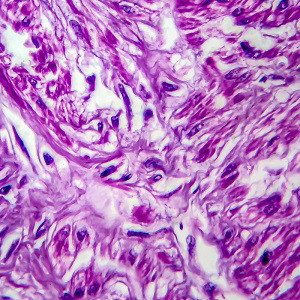
When we speak of a myoma in gynaecology, we are generally talking about benign hormone-sensitive tumours. Incidentally, the term myoma comes from the famous doctor Rudolf Virchow, who lectured on myomas as early as 1863.
In general, fibroids develop during the fertile phase of a woman's life, i.e. no fibroids occur more in a growing form before puberty and after the menopause.
The majority of women with a fibroid do not have any symptoms or complaints. About 12-25% of women of childbearing age have fibroids.
Only 0.1% of myomas degenerate into a malignant tumour.
Depending on the location of the fibroids, a distinction is made between the following types:
- fibroids that bulge towards the uterine cavity (so-called submucous fibroids, type 0-3),
- fibroids inside the uterine wall (spg. intramural fibroids, type 3-6) and
- fibroids that protrude towards the abdominal cavity (so-called subserous fibroids, type 7).
The following frequencies can be found in the literature under the term myoma:
Myoma: | 253 Hz | 420 Hz | 453 Hz | 832 Hz |
Myoma: | 127 Hz | 253 Hz | 420 Hz | 453 Hz | 689 Hz | 832 Hz |
Malignant myoma: | 127 Hz | 253 Hz | 420 Hz | 453 Hz | 482 Hz | 689 Hz | 832 Hz |
Uterine myoma: |253 Hz | 420 Hz | 453 Hz | 482 Hz | 689 Hz | 832 Hz |
